Historical ‘Heroes’ Who Were Actually Terrible People
History’s most admired figures don’t always deserve their spotless reputations. Many were innovators or leaders whose darker actions were overlooked, forgotten, or rewritten over time. This look back examines how some of the world’s celebrated names built their legacies on choices that history later judged far less kindly.
Steve Jobs

Credit: Wikimedia Commons
Apple’s cofounder built an empire of innovation, but Time and Forbes revealed darker details. He denied paternity of his daughter Lisa until DNA confirmed it, publicly humiliated employees, and was linked to Apple’s backdating scandal. His obsession with control revolutionized technology while damaging those trapped in his orbit.
Thomas Edison
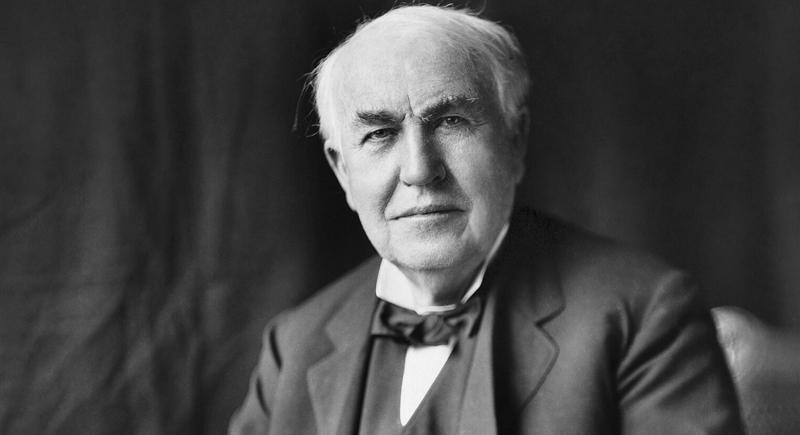
Credit: Wikimedia Commons
Edison’s innovations shaped modern life, but his methods were ruthless. History recounts how he electrocuted animals, including the elephant Topsy, to discredit Nikola Tesla’s alternating current. He also bought patents from lesser-known inventors by claiming their discoveries as his own. America’s “greatest inventor” was equally an expert at manipulation.
Henry Ford

Credit: Wikimedia Commons
The man who put the world on wheels also published hate. PBS revealed that Henry Ford’s newspaper, The Dearborn Independent, spread antisemitic conspiracies later echoed in Nazi propaganda. His assembly line revolutionized manufacturing, but his ideology left a darker legacy that progress could never justify or erase.
Mother Teresa

Credit: Wikimedia Commons
Mother Teresa ran clinics that The Washington Post described as unhygienic and under-equipped despite millions in donations. Her belief that pain brought people closer to God meant patients often suffered without treatment. Critics still question the extent of the good her mission truly did.
Alexander Graham Bell
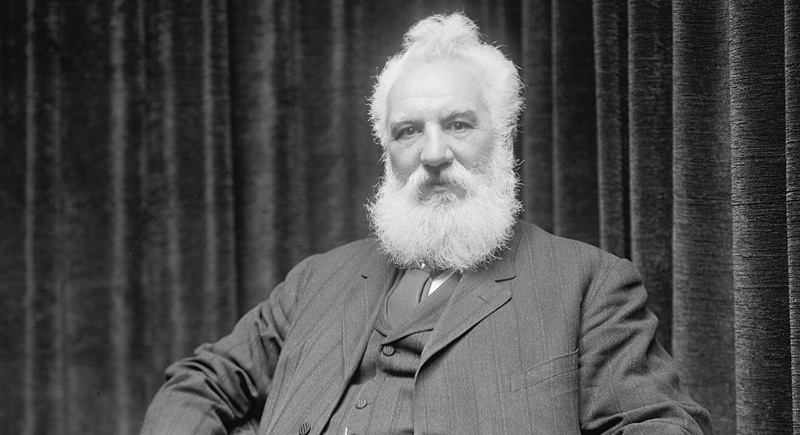
Credit: Wikimedia Commons
Though known for the telephone, Alexander Graham Bell also championed eugenic ideas. Cambridge University Press records show he opposed marriage among deaf individuals to “reduce deafness.” He was married to a deaf woman himself, but he imposed social silence on the very group his invention could have empowered.
Elvis Presley
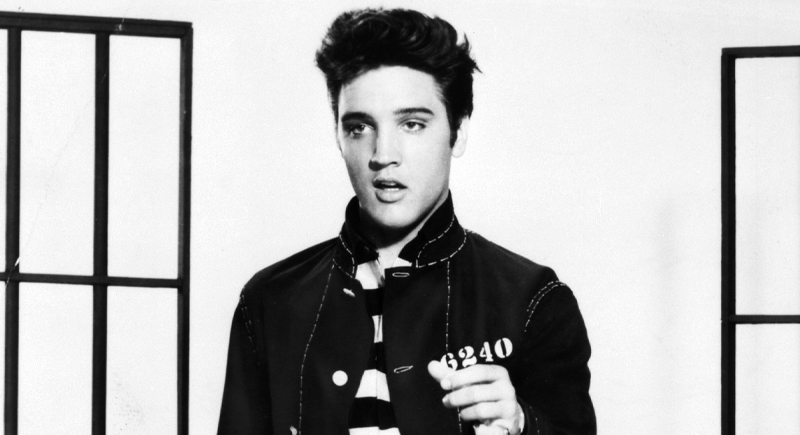
Credit: Wikimedia Commons
Fame surrounded him, but so did controversy. Elvis reportedly began courting Priscilla Beaulieu at 24, when she was only 14. Their relationship flourished as his career soared. The “King of Rock and Roll” reshaped music history while crossing moral boundaries that would never pass scrutiny today.
Charles Lindbergh

Credit: Wikimedia Commons
Charles Lindbergh’s admiration for Nazi Germany and his leadership in America First, the movement opposing U.S. aid to Europe, is well-documented. His daring flight across the Atlantic defined heroism, yet his sympathies aligned with tyranny. The same man who united continents divided consciences through his political choices.
Pablo Picasso
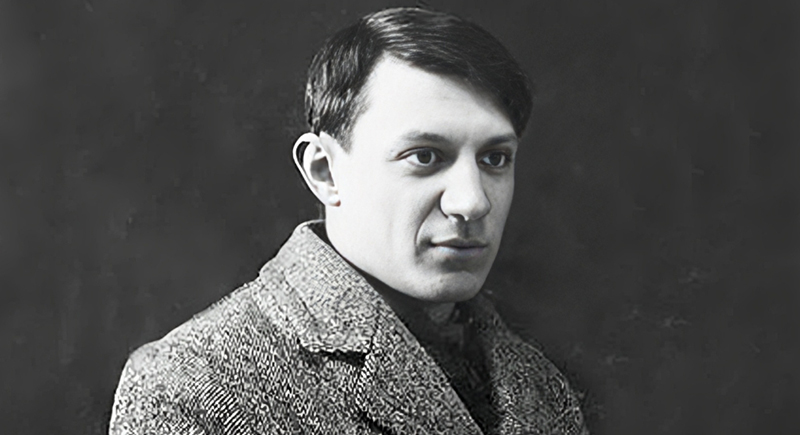
Credit: Wikimedia Commons
Genius and cruelty coexisted in Pablo Picasso’s life. His partners endured manipulation and emotional abuse; two later took their own lives. His art shattered convention through modernism, but behind the canvas stood a man who treated relationships as disposable as his unfinished sketches.
Dr. Seuss (Theodore Geisel)

Credit: Wikimedia Commons
Theodore Geisel had an affair while his wife was terminally ill, which led to her taking her own life. Earlier in his career, he published racist caricatures that were later pulled from circulation. The creator who taught children empathy and imagination lived privately with contradictions that blurred his moral authority.
John Lennon

Credit: Wikimedia Commons
John Lennon struggled to live by his own message of peace. His admissions of violence toward women, including his first wife, Cynthia, were shocking. He also distanced himself from his son Julian for years.
Gandhi

Credit: Wikimedia Commons
Mahatma Gandhi inspired global movements through nonviolent resistance; yet, his early views reveal a more complex story. Writings from his time in South Africa used racist language toward Black Africans and argued that they were socially inferior. His dedication to justice coexisted with his own prejudices.
Andrew Carnegie
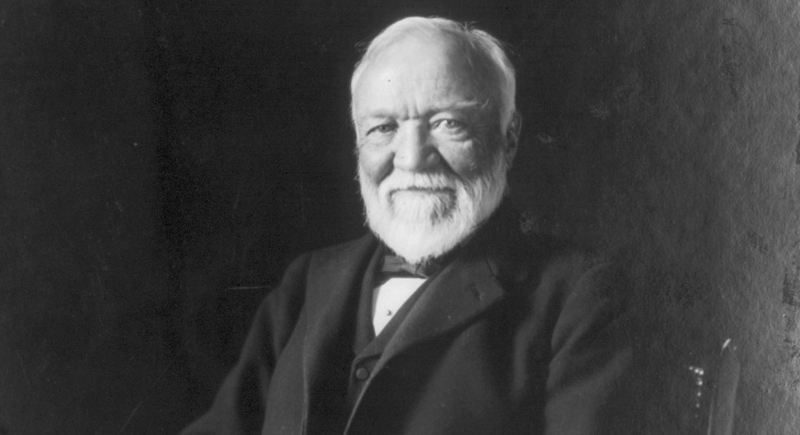
Credit: Wikimedia Commons
The 1892 Homestead Strike became famous for armed guards hired by Andrew Carnegie’s steel company who killed protesting workers. He later spent millions building libraries and universities across America. His philanthropy redefined generosity, but it could not erase the exploitation that funded his rise as one of industry’s wealthiest magnates.
Oprah Winfrey

Credit: Wikimedia Commons
Her influence reshaped media and inspired millions. Yet, Oprah’s platform also gave a voice to figures like Dr. Oz and Jenny McCarthy, who spread medical misinformation. Her reach sometimes amplified pseudoscience instead of truth.
John Wayne
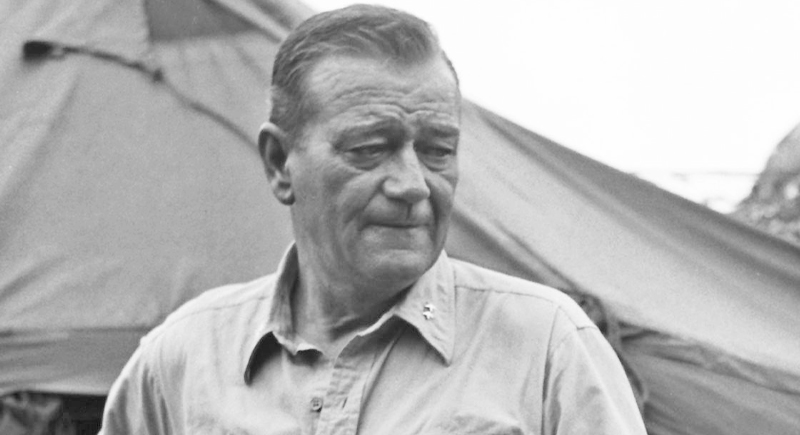
Credit: Wikimedia Commons
Wayne’s 1971 Playboy interview showed him defending white supremacy and dismissing Native American rights. His Hollywood persona symbolized rugged virtue, but his words revealed a worldview steeped in ignorance. The on-screen hero stood tall while his honest opinions exposed a much smaller man.
Coco Chanel

Credit: Wikimedia Commons
During World War II, Coco Chanel collaborated with Nazi officers and used antisemitic laws to reclaim her perfume business. Her fashion freed women from restrictive clothing and shaped modern elegance. Even so, her ambition during wartime remains one of the industry’s most troubling open secrets.